
It can be a little concerning when we think about how disconnected from our food we are these days. For example, peanut butter probably shouldn’t be anything more than some smashed up peanuts and salt, but it’s often full of sugar and vegetable, palm, and seed oils. While the peanuts might be harvested in the U.S. of A., the oils could be sourced from across the globe.
Trust me, I don’t want to pick on peanut butter too much, but it’s a prime example of a seemingly simple staple in our kitchen cupboards can be stretched and molded into a mixture of foreign oils and chemicals. It’s also one small example of why someone may be interested in a diet like paleo, also known as the caveman diet, which shifts practitioners to a diet of natural foods and away from processed foods.
The rules are simple: If cavemen and cavewomen ate it, eat it. If it’s something that couldn’t be harvested or hunted, don’t eat it.
In theory, it sounds great for the body; but is it healthy or practical? As a mountain biker, I was unsure but wanted to try this fall. This meant veering away from things that aren’t harvested; granola, tortillas, flippy-cup yogurts, stroopwaffles and goos, and relying entirely on carbs from natural sources like fruits and vegetables.
The transition felt abrupt, but I stayed mostly satiated, eating a lot more nuts, avocados, and meat and eventually I craved bready or grainy carbs less. The first week was the toughest and I experienced a huge drop in motivation and energy during rides, but I also didn’t need to fuel as often.
The transition reminded me of a piece about the keto diet and potential benefits for mountain bikers earlier this year. I spoke to Hunter Allen, CEO of Peaks Coaching Group, who has trained many keto cyclists. The keto diet is meant to be a very low carb diet that is short even on some fruits and vegetables and very heavy on protein and fat, including dairy. It can be done with patience and practice.
Paleo on the other hand consists entirely of fruits, vegetables, nuts, and meats, skipping dairy and grains. For cyclists, paleo might be more practical considering the amount of carbohydrates our workouts require. To learn a bit more about how cyclists can utilize the paleo diet I contacted Allen again to learn the ins and outs of the caveman diet and how it can fit into a rider’s lifestyle.
How to eat like a caveman
When we think about our diet, it consists of three macronutrients: Carbohydrates, protein, and fat. As people eating paleo avoid grains and processed carbohydrates and eat only natural carbs, the makeup of the diet typically requires a transition.
“To me, paleo changes the percentage from this kind of high carbohydrate, low fat diet into more of a—maybe, not a high fat, low carb diet, but maybe a medium fat, medium protein, lower carbohydrate diet,” said Allen. “And I think those are really good things in terms of health.”
There are dozens of ways to cook an egg—or a steak. Allen said some people might think of the caveman diet as consisting heavily of dinosaur-size steaks but that doesn’t have to be the case.
“A big misconception is you need to ‘eat meat, eat meat, eat meat,’ and that’s not it at all,” he said. People can find protein in nuts and nut butter, or eat lighter meats like fish, chicken, and egg.
People often find themselves eating a lot more fat in the paleo diet too. Either it comes with eating more red meat or nuts, avocados, or oils.
As far as carbohydrates, it’s all fair game as long as it grew from the ground. I found myself eating more potatoes and fruit than ever before. Crispy, salty snacks were hard to detox from but between nuts, toasted corn, and plantain chips it wasn’t hard to stay satisfied.
Eating less carbs and natural vs. processed
The paleo diet isn’t sold as a low-carb diet but it includes significantly fewer carbohydrates than most are used to and that can be a difficult adjustment, but it’s doable.
“Ultimately, I think you can get everything you need from a paleo diet, to be honest,” said Allen.
Allen notes that most of us don’t need as many carbs as we assume. He likened it to keeping the fuel handle engaged, even after the tank is full. When the body digests carbs, your blood glucose goes up and the pancreas introduces insulin to regulate the levels—either sending glucose to the body’s cells for energy or storing it in the liver as glycogen. When glycogen goes unused, it’s converted to fat.
Refined carbohydrates, like pretzels or Skittles for example, have either no fiber or not enough fiber to slow down the release of glucose or extend it. This results in larger insulin spikes and when blood glucose comes down on the other side, it can result in a crash or the feeling of intense hunger. A benefit of paleo, like keto, because of a smaller reliance on carbohydrates and becoming more fat adapted (burning more fat as fuel) is less frequent blood sugar spikes and crashes.
Allen adds that natural carbohydrate sources take more energy to “unlock” since the fiber slows absorption down. That’s not to say that all natural carbs should be treated alike though. Some fruits have less fiber and white potatoes break down much more quickly than sweet potatoes.
What to pack on a ride

Like I mentioned above, when I started paleo, I lacked energy and motivation the first week, but the caveat was that I didn’t need to fuel as often on long rides. On bigger rides, I could get by eating nuts and jerky and some fruit here and there. Allen had plenty of recommendations for quick boosts if you need to refuel on a ride.
“Ripe bananas are basically pure sugar,” he said. Apples, plums, oranges provide a quick boost of sugar too.
Figs and dates are also easy to pack, have a good amount of sugar and other minerals like calcium and potassium and are easy to pack in a pocket. Dried fruits, like mandarin slices or mango are an easy choice too.
Other benefits
We’ve focused heavily on the metabolic benefits of a whole foods diet, but the other massive benefit is eating fewer chemicals and refined oils and sugars in processed food.
Two studies published this year concluded that those who eat more processed foods have a greater chance of heart disease, and men who eat ultra-processed foods have a greater risk of colorectal cancer. The article mentions that prior research has linked ultra-processed foods to increased risks of high cholesterol, diabetes, obesity, and different cancers.
Allen also emphasized varying protein sources on a whole foods or paleo diet, because eating too much red meat can increase cancer risk.
Having a stable level of blood sugar is also not the end-all, be-all goal, said Allen. If you’re anticipating a big day in the mountains, then eat more carbohydrates. But, if you are like me, and spend most days behind a computer, going heavy on carbohydrates isn’t necessarily beneficial.
“I think having it more stable is the goal. But if it goes up and down so you can have good performance, that’s fine.”




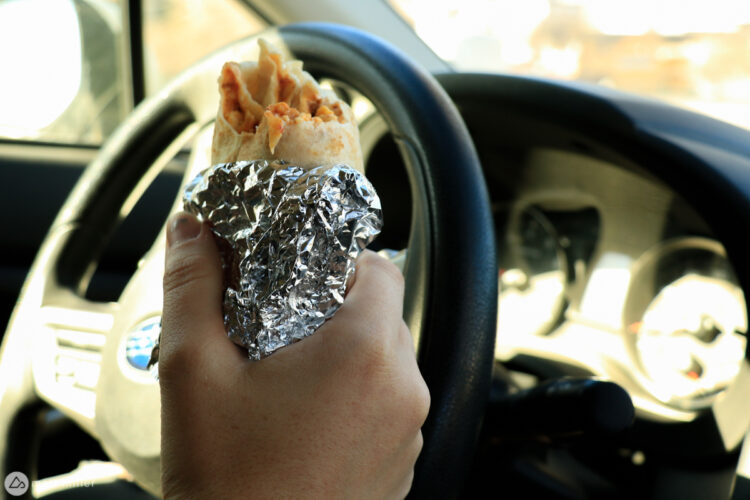


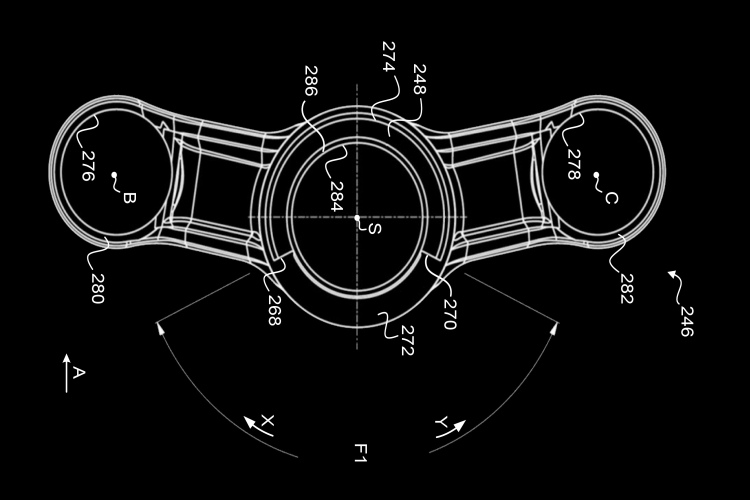
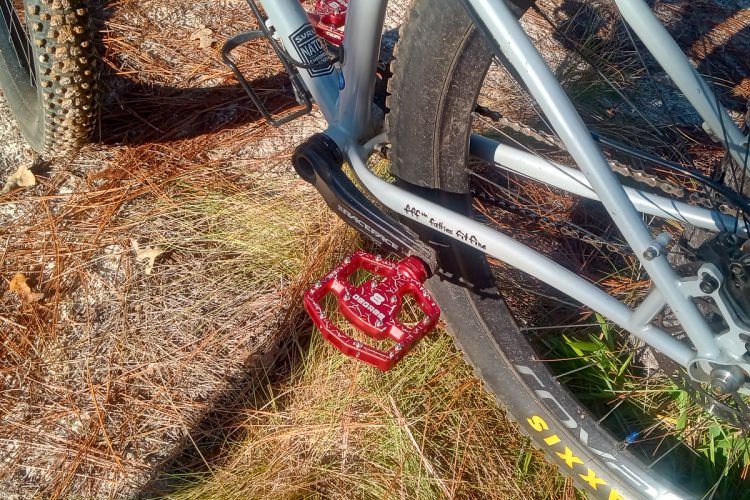
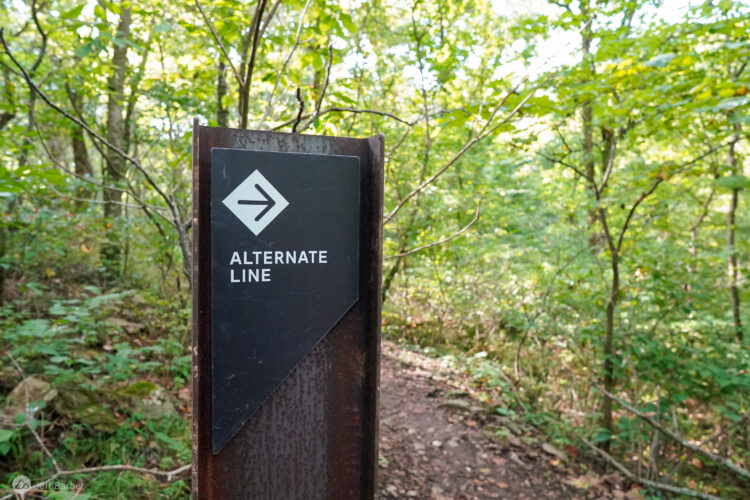
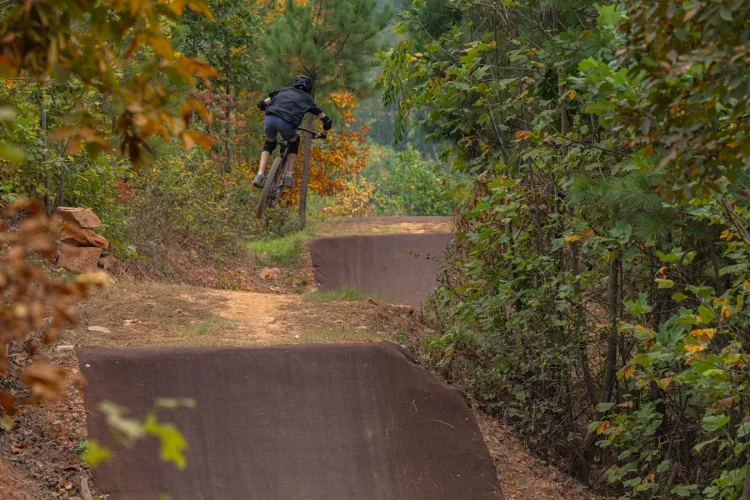

3 Comments
Dec 1, 2022
However, the comment that “As far as carbohydrates, it’s all fair game as long as it grew from the ground.” comment can get you into some trouble. Bananas, for example, came from the ground and you can’t just eat all the bananas you want and still expect good results because that is simply too much sugar. And not all “vegetables” are created equally either. White potatoes for example should be eaten sparingly because they are very starchy and basically just turn very quickly to sugar. It might be wise to be a little cautious of whole foods that you can't eat raw too.
The fact is, in “caveman days” fruits and vegetables had seasons. Cavemen couldn’t go to the grocery store and get melons and grapes and apples all cut up and ready to eat 24/7/365. They couldn’t eat watermelon all year long and if you eat all these “healthy fruits” all the time you are going to suffer the consequences of eating too much sugar. And, there is no such thing as a healthy fruit smoothie. As soon as you break up the fiber and ingest all that fruit in a short period of time you are injecting fructose straight to the liver. 100% fruit juices,,, forget it, not healthy to be consumed routinely. If you treat these things like what they are,,, deserts, and have them in moderation you'll be ok.
Allen said, “When the body digests carbs, your blood glucose goes up and the pancreas introduces insulin to regulate the levels—either sending glucose to the body’s cells for energy or storing it in the liver as glycogen. When glycogen goes unused, it’s converted to fat.”
Too many foods, like potatoes, that fall in the High Glycemic Index category are going to result in the previous Allen quote happening in your body. This is not to say don’t ever eat a potato or banana, but it is definitely not just open season, eat all you want. Not if you want to prevent unused glycogen from being converted to, and stored as fat.
That process of having excess sugar in the body (and you need to understand what sugar is and what foods turn to sugar and how fast) is what needs to be avoided.
Nov 21, 2022
Nov 24, 2022